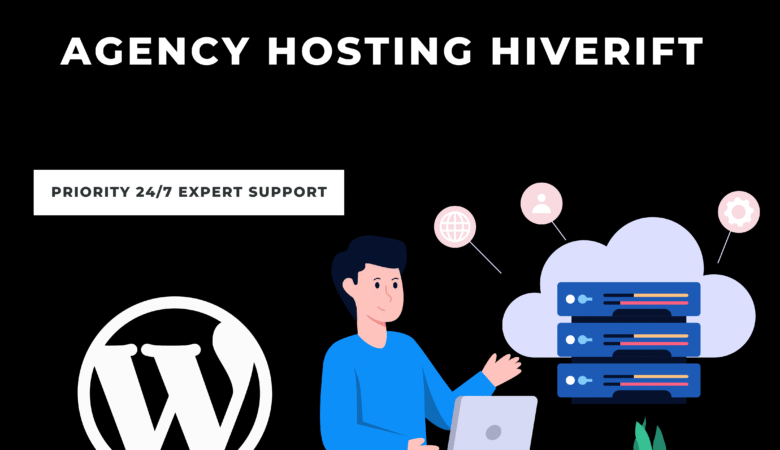Step-by-Step Guide to Buying Hosting on HiveRift
July 3, 2025Step-by-Step Guide to Buying Hosting on HiveRift If you’re ready to launch your website, HiveRift makes it simple to purchase reliable web hosting. Follow this beginner-friendly guide to get your site online quickly. 🛒 Step 1: Visit HiveRift Hosting Go to https://hiverift.com — HiveRift’s official hosting site. 💡 Step 2: Choose Your Hosting Plan HiveRift offers various hosting types: Shared Hosting (ideal for beginners and small sites) WordPress Hosting (optimized for WordPress) VPS Hosting (for more power and control) Reseller Hosting (for hosting your clients’ websites) Click View Plans to compare features, pricing, and select the plan that suits your needs. 🧾 Step 3: Register or Use an Existing Domain Choose to register a new domain, transfer one, or use your existing domain. Enter the domain you want to use with your hosting plan. 🛠️ Step 4: Configure Your Hosting Review the plan details Choose billing cycle (monthly, annually, etc.) Add extras like SSL, backups, or premium support if needed Click Continue. 👤 Step 5: Create Your Account If you’re a new user, fill in your name, email, and password Existing users can log in directly 💳 Step 6: Choose Payment Method Select your preferred payment option (credit card, UPI, PayPal, etc.) Review the invoice and total cost Agree to terms and click Checkout 🚀 Step 7: Access Your Hosting Dashboard After successful payment, you’ll receive login details via email.Log in to your HiveRift Client Area and access cPanel to start building your website. ✅ What Happens Next? Install WordPress or other CMS Set up email accounts Upload your website files Connect your domain (if needed) 🧠 Final Tips Check your inbox for your welcome email from HiveRift Use HiveRift’s 24/7 support if you get stuck Don’t forget to install SSL for security Need help getting started?👉 Contact HiveRift Support via https://hiverift.com or use live chat.

